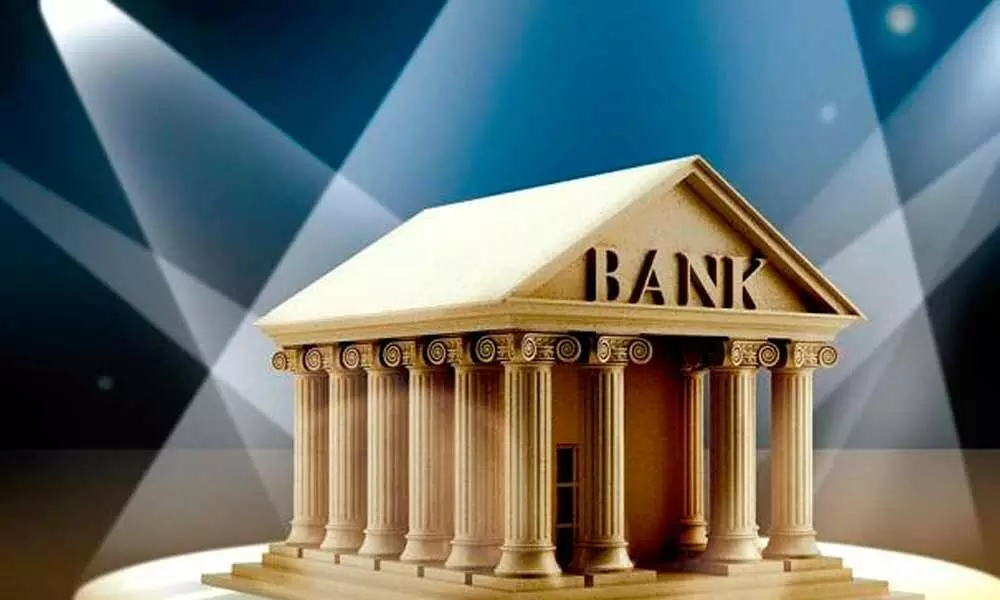"Too-big-to-fail" RBI on SBI, HDFC Bank and ICICI Bank
The Reserve Bank of India (RBI) on January 19 said State Bank of India (SBI), ICICI Bank and HDFC Bank will continue to be identified as Domestic Systemically Important Banks (D-SIBs) or what is commonly called as lenders that are 'too-big-to-fail'. The RBI said this while announcing the 2020 list of D-SIBs.
image for illustrative purpose

The Reserve Bank of India (RBI) on January 19 said State Bank of India (SBI), ICICI Bank and HDFC Bank will continue to be identified as Domestic Systemically Important Banks (D-SIBs) or what is commonly called as lenders that are 'too-big-to-fail'. The RBI said this while announcing the 2020 list of D-SIBs.
The RBI had come with the list of D-SIBs first in 2015 including SBI and ICICI Bank. HDFC Bank's name was included later in September, 2017. 'Too-big-to-fail' lenders are banks whose failure could impact the financial system as a whole because of their size and interconnectedness. This list is published every year.
Such lenders will have to comply with additional capital requirements. The additional Common Equity Tier 1 (CET1) requirement for D-SIBs was phased-in from April 1, 2016 and became fully effective from April 1, 2019.
As per this, the additional common equity Tier 1 requirement as a percentage of Risk Weighted Assets (RWAs) for SBI is 0.6 per cent and that of other two lenders is 0.2 per cent, according to RBI.
The RBI had issued the framework for dealing with D-SIBs on July 22, 2014. The D-SIB framework requires the Reserve Bank to disclose the names of banks designated as D-SIBs starting from 2015 and place these banks in appropriate buckets depending upon their Systemic Importance Scores (SISs).
Based on the bucket in which a D-SIB is placed, an additional common equity requirement has to be applied to it.
"In case a foreign bank having branch presence in India is a Global Systemically Important Bank (G-SIB), it has to maintain additional CET1 capital surcharge in India as applicable to it as a G-SIB, proportionate to its Risk Weighted Assets (RWAs) in India, i.e., additional CET1 buffer prescribed by the home regulator (amount) multiplied by India RWA as per consolidated global Group books divided by total consolidated global Group RWA," the RBI said.
Based on the methodology provided in the D-SIB framework and data collected from banks as on March 31, 2015 and March 31, 2016, the Reserve Bank had announced State Bank of India and ICICI Bank Ltd. as D-SIBs on August 31, 2015 and August 25, 2016, respectively.
Based on data collected from banks as of March 31, 2017 and March 31, 2018, the Reserve Bank had announced State Bank of India, ICICI Bank Ltd. and HDFC Bank Ltd. as D-SIBs on September 04, 2017 and March 14, 2019, respectively.
Current update is based on the data collected from banks as of March 31, 2020.

